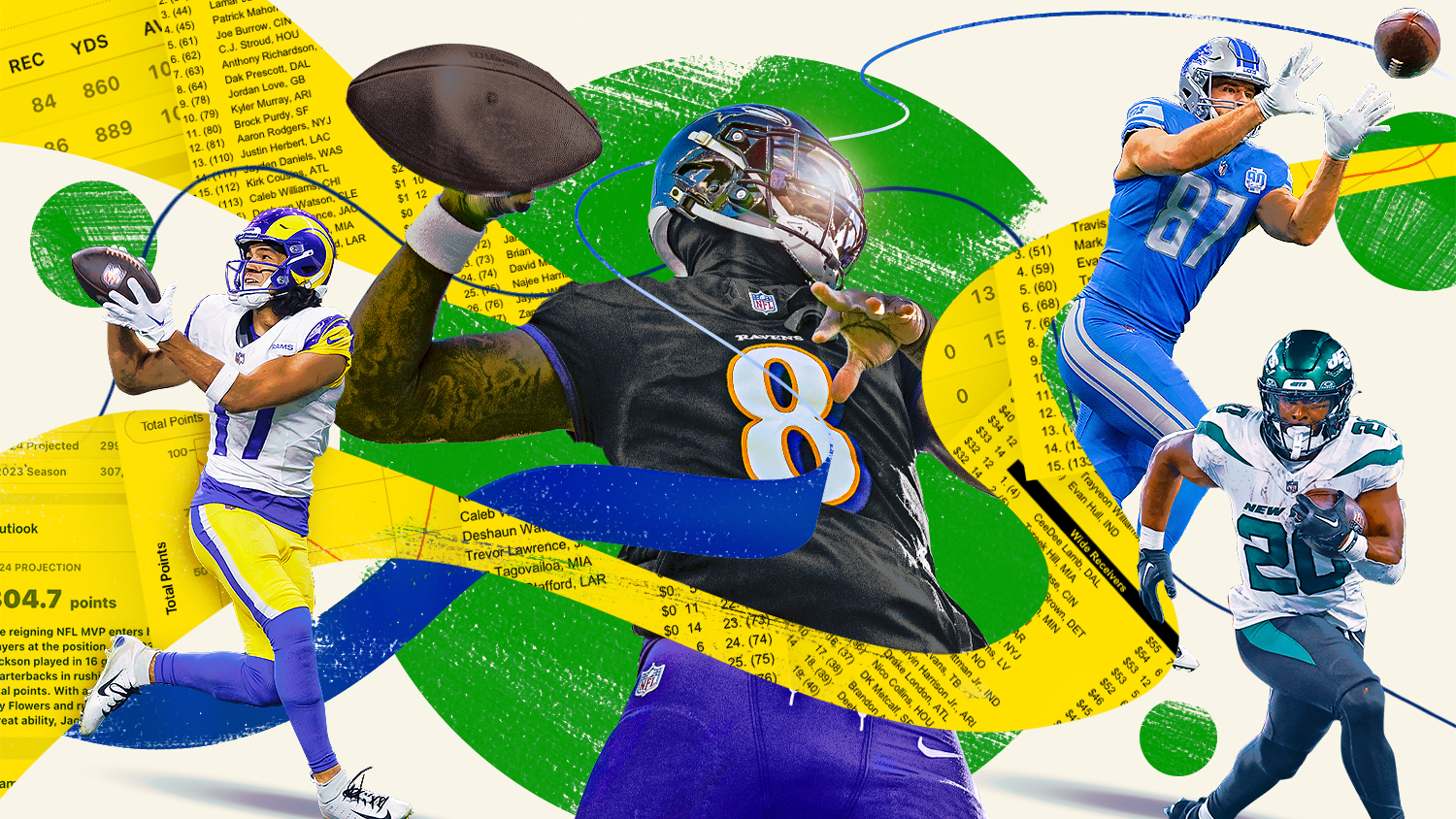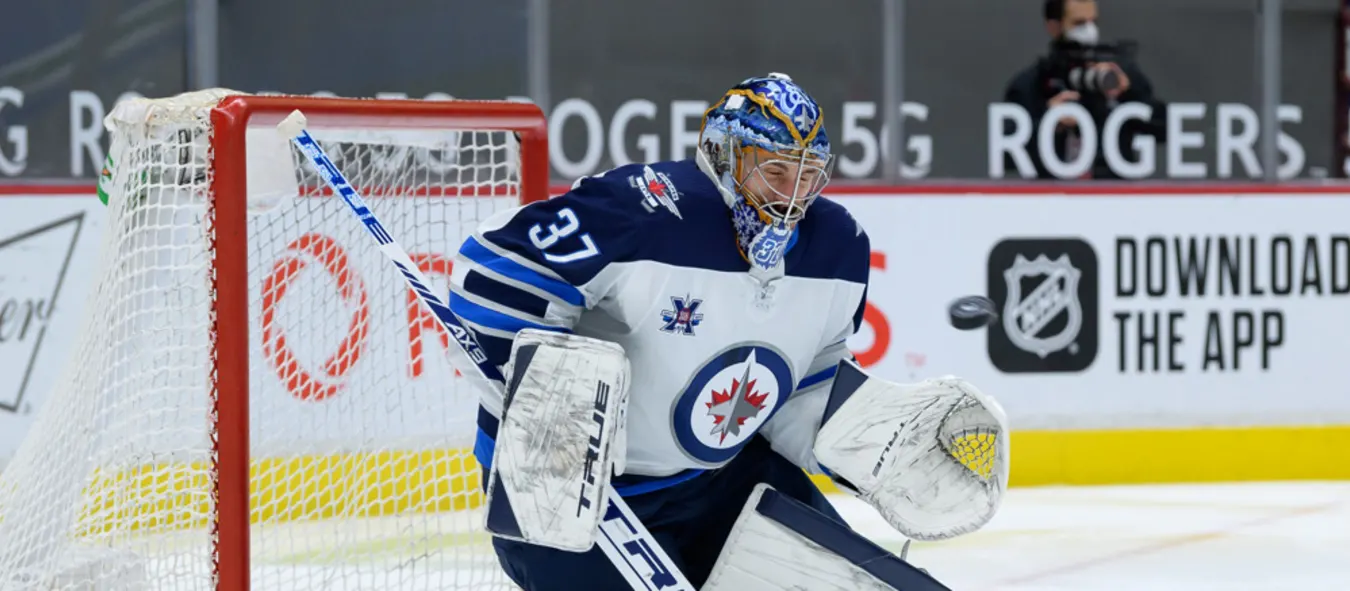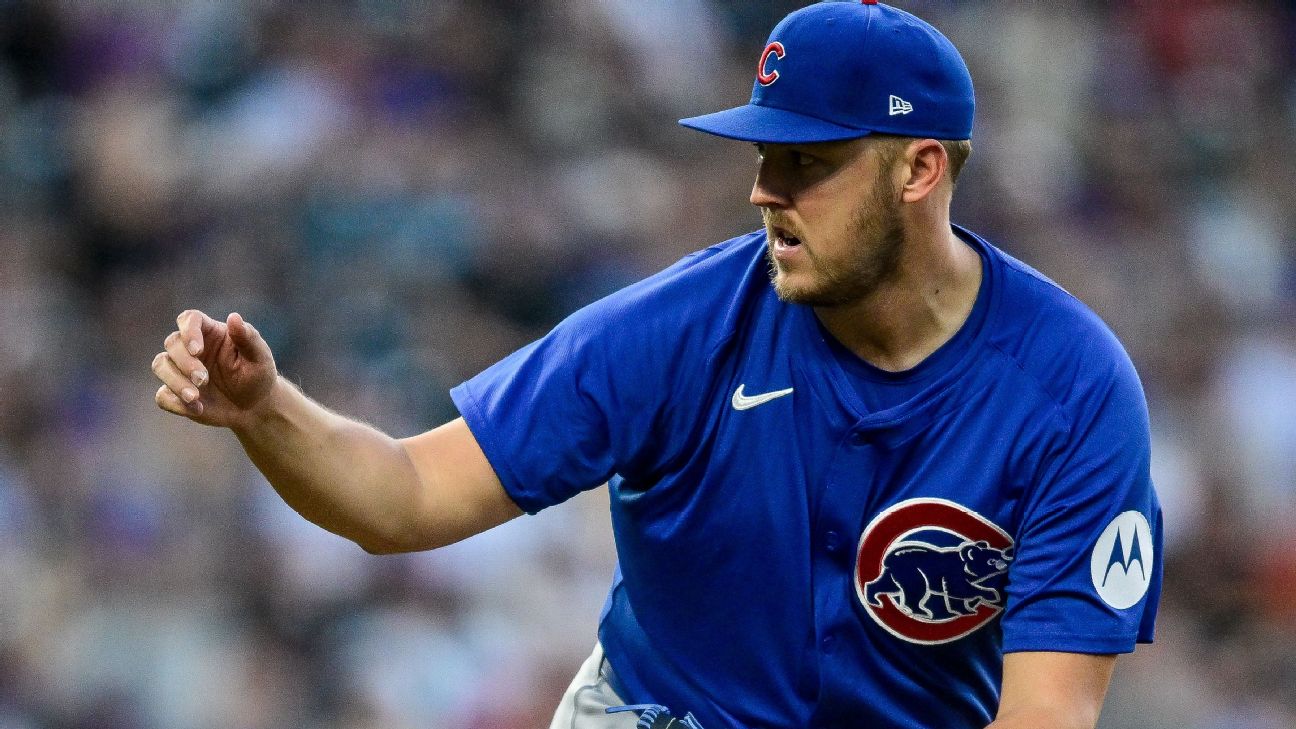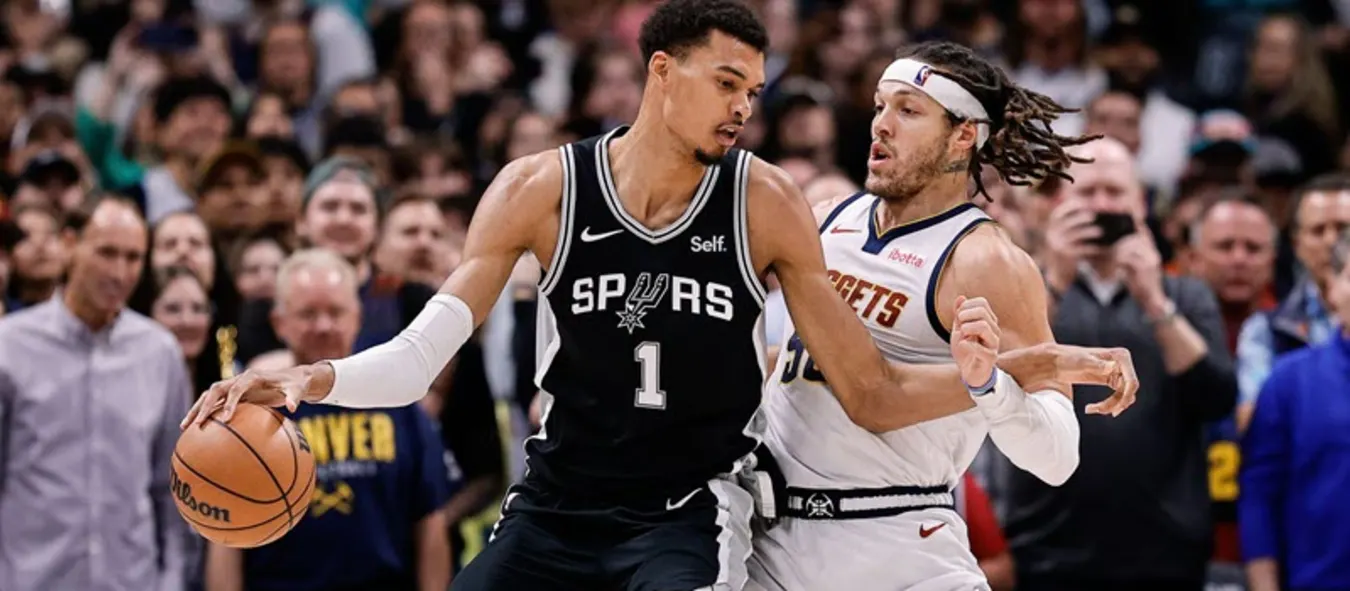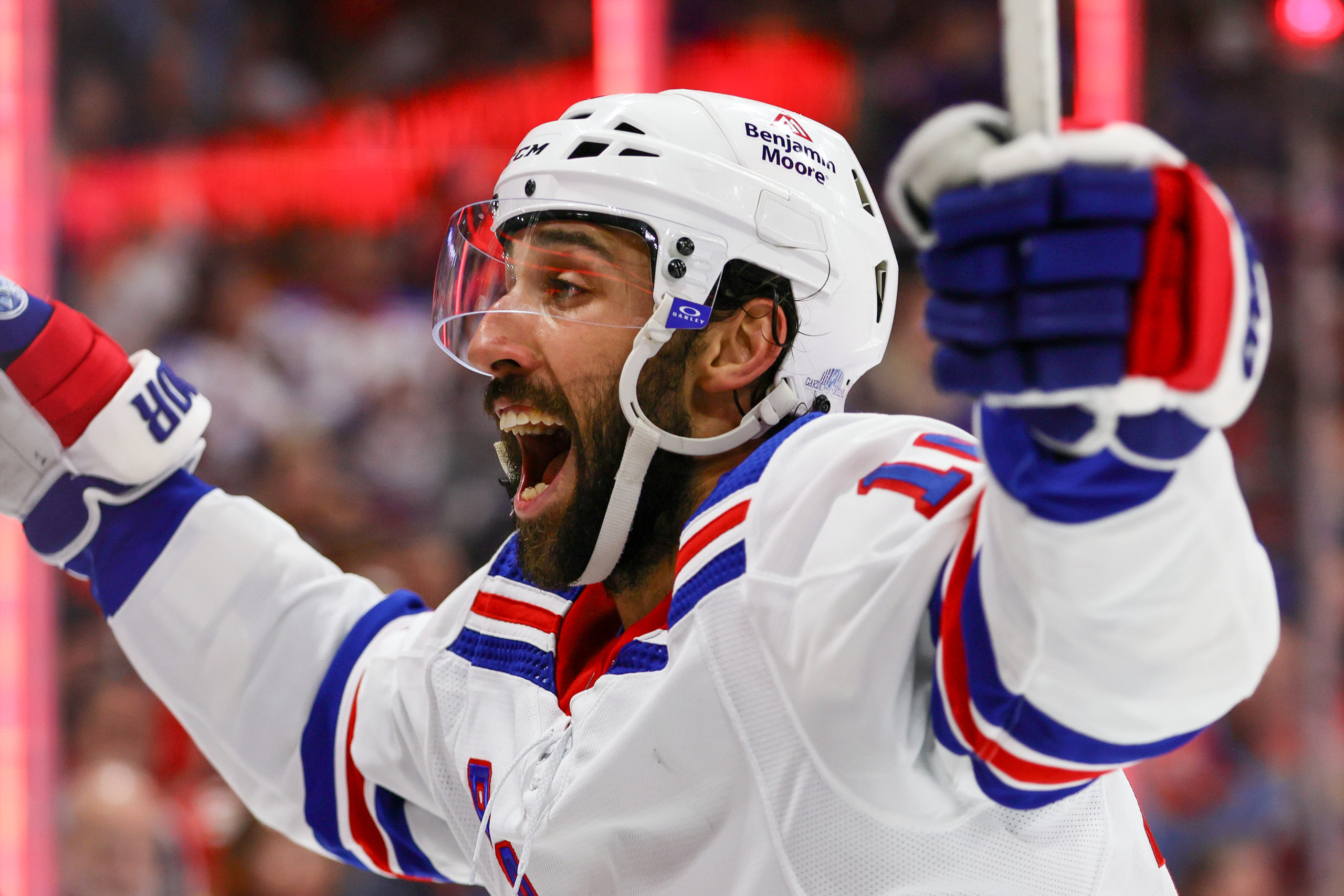
When building your NHL fantasy team, it’s ideal to have players on the first line and first power-play unit as much as possible. But understanding the value of each role can help you make strategic decisions for players who aren’t always top-line or top-unit.
So, what’s the real fantasy value difference between a first-line forward on the second power-play unit and a second-line forward on the top unit? And would a second-pairing defender with no power-play time be more valuable than a third-pairing defender who specializes in the power play? Let’s examine how these roles affect fantasy points per game (FPPG).
To answer these questions, we can approach the game by evaluating each player’s ice time on a game-by-game basis, assigning roles based on their actual time on ice rather than traditional depth chart positions.
Take Erik Haula, the New Jersey Devils’ third-line center on most charts. But by ranking his even-strength ice time per game, he’s filled every role from first-line to fourth-line this season. In a recent game against the Utah Hockey Club on October 14, Haula ranked third on his team in even-strength ice time due to extensive power-play opportunities. Conversely, on October 17 against Ottawa, he ranked 10th, making him more of a fourth-liner in that contest.
By focusing on actual ice time, we can classify players by their role and power-play unit time. For example, first-line players without top-unit power-play time often fall below the threshold of 1.7 FPPG. “First line-second unit” essentially means the player leads in even-strength time but ranks 6th to 10th in power-play time, a dynamic that may differ based on special teams’ usage during the game.
Looking at the FPPG across different roles:
| Role (Line) | First Unit | Second Unit | No Unit |
|---|---|---|---|
| First Line | 2.16 | 1.55 | 1.36 |
| Second Line | 1.91 | 1.41 | 1.23 |
| Third Line | 1.68 | 1.15 | 1.03 |
| Fourth Line | 1.48 | 0.9 | 0.75 |
As expected, players with top power-play roles consistently generate higher FPPG, reinforcing the value of power-play time, even for third-liners.
Now, consider defense. A top-pairing defender doesn’t necessarily need top power-play time to justify a fantasy pick. Players with a “first pair-second unit” designation (e.g., Filip Hronek, Devon Toews, and Kris Letang) maintain solid FPPG rates, and even third-pair specialists can be valuable when handling first-unit power-play responsibilities. Last season’s leaders in this “third pair-first unit” role included Shayne Gostisbehere and Brent Burns.
As we move through the season, certain players are carving out top-line, top-unit roles that make them valuable under-the-radar pickups:
- Robert Thomas, C, St. Louis Blues – 6/6 games as “first line-first unit,” available in 25.6% of leagues.
- Nick Schmaltz, RW, Utah Hockey Club – 5/6 games, available in 5.6%.
- Ryan O’Reilly, C, Nashville Predators – 5/5 games, available in 26.8%.
The list goes on with notable players, each presenting solid fantasy potential due to high ice time and power-play roles.
Goalie Notes:
In Anaheim, Lukas Dostal’s 80.1% crease share and 18.8 season fantasy points make him a notable early-season top-10 goalie, although his performance may be tough to sustain without team support. Meanwhile, Carolina’s Pyotr Kochetkov and Frederik Andersen show a competitive crease, where Andersen may benefit from Kochetkov’s recent struggles. Over in Pittsburgh, rookie Joel Blomqvist’s solid start has made him a tempting add with veterans like Tristan Jarry struggling.
Power Play Highlights:
- Trevor Zegras, Anaheim Ducks – Despite the Ducks’ lack of power-play points in five games, Zegras remains an option with the potential for value if the team finds its rhythm.
- Teuvo Teravainen, Chicago Blackhawks – Thriving alongside Connor Bedard, Teravainen leads in power-play points, making him a potentially enduring pick for top-unit power-play value.
Consider Dropping:
- Viktor Arvidsson, Edmonton Oilers – With only 0.5 FPPG so far, even his playing time alongside Draisaitl hasn’t yielded results.
- Oliver Bjorkstrand, Seattle Kraken – Despite leading in power-play points last season, his current ninth-ranked power-play ice time on the team dims his fantasy value.
This breakdown highlights that players’ power-play roles and actual ice time are vital factors in maximizing fantasy points, allowing you to find valuable players beyond the top line.

